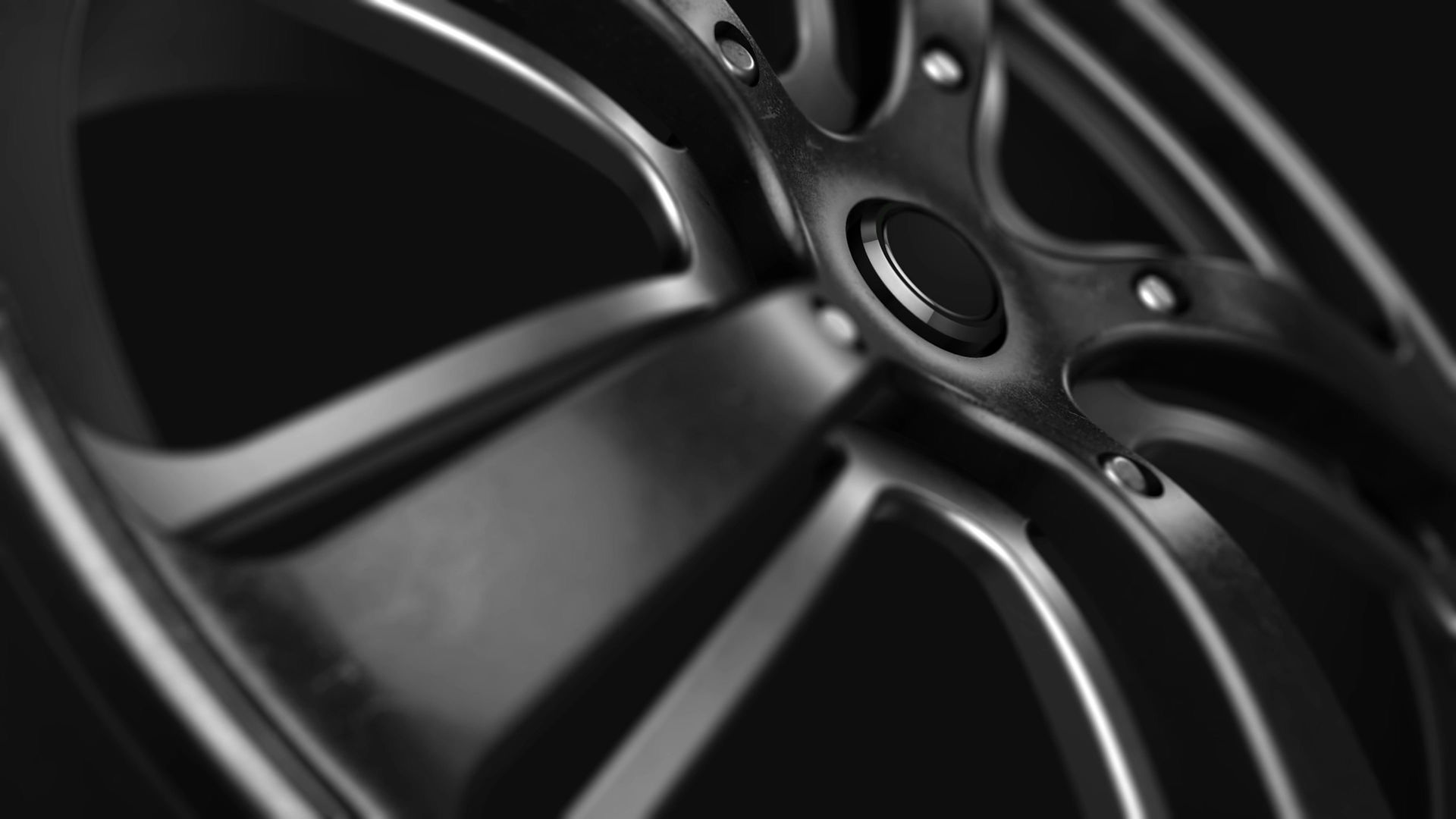The usage process of a tire balancing machine in a repair shop
- enze6799
- Aug 7
- 3 min read
Step-by-Step Process for Using Tire Balancing Machines in Repair ShopsTire balancing machines are essential tools in automotive repair shops, ensuring vehicles operate smoothly by eliminating vibrations caused by uneven weight distribution. Proper usage involves systematic steps, from initial setup to final verification, to achieve accurate results. Below is a detailed workflow for technicians to follow during each balancing session.
Preparing the Machine and Workspace
Before starting any balancing task, technicians must ensure the machine is clean and functioning correctly. Begin by wiping down the mounting hood, spindle, and sensor arms to remove dust, grease, or old adhesive residue. These contaminants can interfere with weight measurements or damage tire beads during mounting. Next, inspect the power cord and control panel for signs of wear, such as frayed wires or loose connections, which could pose electrical hazards.
The workspace around the machine should be organized and free of clutter. Remove tools, rags, or spare parts from the floor to prevent tripping accidents and ensure unobstructed access to the equipment. If the shop uses a centralized air supply for pneumatic tools, check that the compressor is set to the correct pressure, as fluctuations can affect machine performance. Finally, verify that the balancing machine’s calibration is up to date, as outdated settings may lead to inaccurate readings.
Mounting the Tire and Entering Rim Data
Proper tire mounting is critical for achieving balanced results. Start by selecting the appropriate cone or flange nut that matches the rim’s center bore diameter. This ensures the tire sits concentrically on the spindle, avoiding off-center alignment that causes vibrations. Gently slide the tire onto the spindle, applying even pressure to prevent distorting the bead. Once positioned, tighten the flange nut or locking mechanism securely, but avoid over-tightening, which could damage the rim or machine components.
After mounting, input the rim’s dimensions into the machine’s interface. Most modern units allow technicians to enter data such as rim width, diameter, and offset manually or via automatic sensors. Double-check these values against the tire manufacturer’s specifications or the vehicle’s service manual to ensure accuracy. Incorrect data entry is a common source of balancing errors, so take time to confirm each measurement before proceeding.
Some machines also require selecting the tire type, such as standard, low-profile, or run-flat, as these designs affect weight distribution patterns. Adjust the machine’s settings accordingly to account for variations in sidewall stiffness or bead design.
Running the Balance Cycle and Interpreting Results
With the tire mounted and data entered, initiate the balancing cycle by pressing the start button on the control panel. The machine will rotate the tire at a preset speed, using sensors to detect imbalances in real time. During this phase, avoid touching the tire or machine to prevent interference with the measurement process.
Once the cycle completes, the machine will display the imbalance values in grams or ounces, along with their locations on the rim. These results are typically shown as numerical readings and visual indicators, such as LED lights or on-screen diagrams, to help technicians pinpoint where to attach balancing weights. Pay attention to both static imbalance (vertical forces) and dynamic imbalance (horizontal forces), as correcting both ensures optimal performance.
If the machine detects excessive imbalance beyond its adjustable range, it may prompt the technician to recheck the tire mounting or rim data. In such cases, dismount the tire, inspect for debris or damage, and repeat the setup process before running another cycle. Persistent imbalances could indicate internal tire defects, such as separated belts or uneven tread wear, which may require further inspection or replacement.
Applying Balancing Weights and Final Verification
Using the imbalance readings as a guide, attach the appropriate weights to the rim at the specified locations. Most repair shops use clip-on weights for steel rims or adhesive-backed weights for alloy wheels, choosing materials that match the rim’s finish to avoid corrosion. Apply weights firmly to ensure they remain secure during driving, especially for high-speed or heavy-duty applications.
After attaching the weights, run a second balance cycle to confirm the corrections were effective. The machine should display minimal or zero remaining imbalance, indicating the tire is now properly balanced. If residual vibrations persist, reposition or adjust the weights slightly and retest until the results fall within acceptable tolerance levels.
Finally, reinstall the balanced tire onto the vehicle, following proper torque specifications for the lug nuts or bolts. Test-drive the vehicle at varying speeds to ensure no vibrations remain, as road conditions or other factors may reveal issues not detected during stationary balancing. Document the balancing process in the vehicle’s service record for future reference and to track maintenance history.
By following this structured approach, repair shops can ensure tire balancing is performed efficiently and accurately, enhancing vehicle safety and customer satisfaction. Regular training on machine operation and adherence to safety protocols further support consistent, high-quality results.





Comments